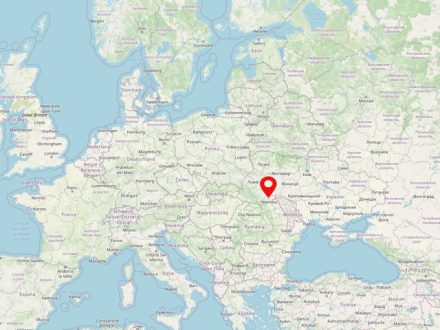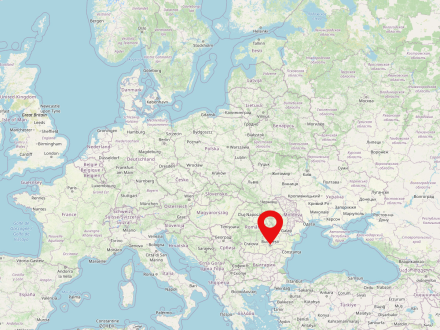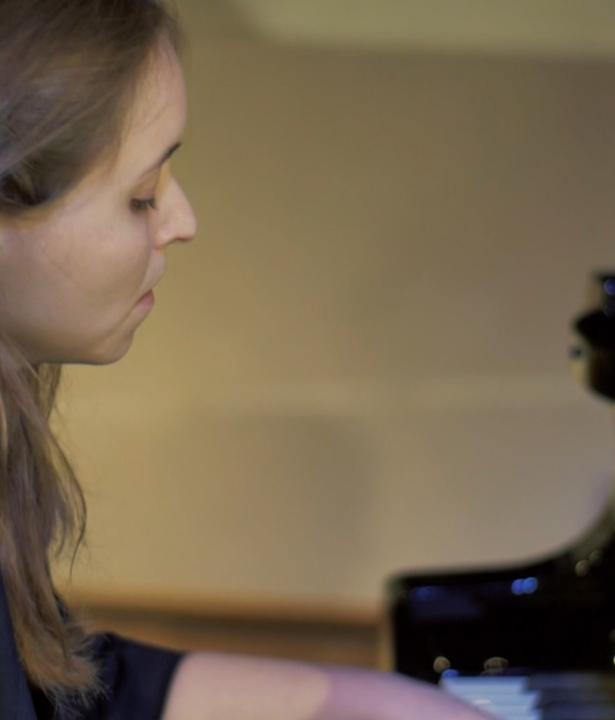Chernivtsi (Ukra. Чернівці) is a large city in southwestern Ukraine. The city is located on the border with Romania and is widely considered to be the capital of the historic Bukovina region. Chernivtsi was an significant place of Jewish culture. In 2017 Chernivtsi had about 62,000 inhabitants.
Due to the war in Ukraine, it is possible that this information is no longer up to date.
Bucharest is the capital of Romania and today has over 1.8 million inhabitants. In 1659 Bucharest replaced Târgoviște as the capital of the Principality of Wallachia. After the unification of the Danubian principalities (Moldavia and Wallachia) under Ion Cuza in 1861, Bucharest became the capital of Romania in 1862. Within a short time, it had become by far the largest city in the Southeast European region between Budapest and Istanbul. Under King Carol I. (1866-1914) Bucharest underwent urban planning changes following Western trends, with palaces, boulevards, parks, Art Nouveau villas and electric lighting. Towards the end of the 19th century, the city also developed into an industrial and financial center. In 1916, during World War I, it was occupied by the Central Powers, with whom a peace treaty was signed in 1918. Between 1936 and 1940, a Parisian-style boulevard was built in Bucharest, which also earned the city the nicknames "Micul Paris" ("Little Paris") or "Paris of the East." In World War II, after a brief period of neutrality, Romania sided with the Germans after General Ion Antonescu and the fascist "Iron Guard" turned Romania into a "national-legionary state." When Antonescu was arrested by King Mihai 1944, this resulted in air raids by the Germans, which destroyed large parts of Bucharest. In 1977, an earthquake caused widespread damage. Beginning in 1984, communist dictator Nicolae Ceaușescu had parts of the historic old city demolished in order to build a large socialist center, but this was never completed after his execution and the fall of the communist regime in 1989. Bucharest is now the seventh largest city in the EU, of which Romania has been a member since 2007.














